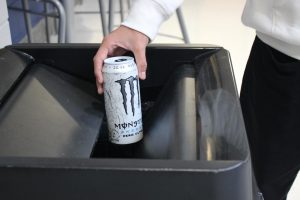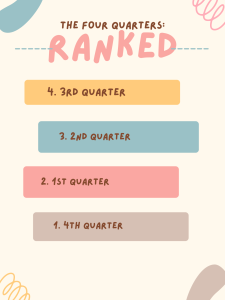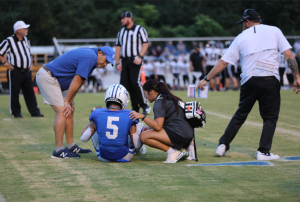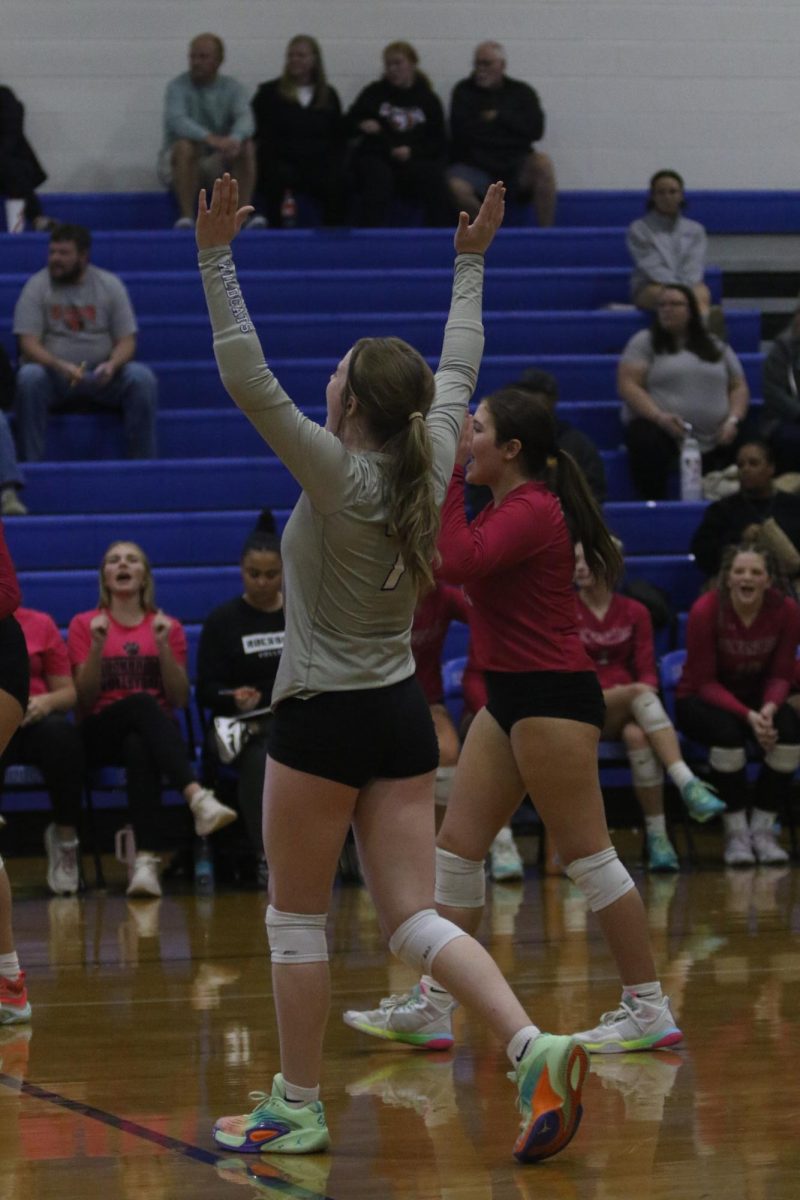Comparing the Spanish Flu and COVID-19
May 7, 2020
The present coronavirus pandemic has been compared to the 1918 Spanish Flu epidemic, which happened roughly one hundred years ago. The Spanish Flu is the worst pandemic in recent history. It infected one third of the world’s population, killing 50 million people.
The 1918 flu and COVID-19 are both viruses. Viruses are not technically alive, like bacteria are, instead they are a type of parasite. Since they are unable to reproduce on their own, viruses hijack host cells in order to replicate.
They are both zoonotic viruses as well, meaning they originated in other animals before being transferred to humans. These zoonotic viruses are usually the ones to cause large scale pandemics, because humans are unable to defend themselves against them. A virus that may just cause a common cold in a bat or pig, may be deadly in a human. Common cold viruses are more successful because viruses want to continue to survive and reproduce, which is easier to do if the host remains healthy.
Both viruses also spread similarly through droplets, tiny amounts of bodily fluids like spit or blood, entering the body through holes like the eyes, nose or mouth. Viruses can also survive on surfaces for long periods of time, furthering transmission.
Both viruses also propose similar challenges to cure. Viruses are a lot harder to treat than bacterial infections, like tuberculosis or the bubonic plague, which have been cured with antibiotics. Other viruses such as HIV do have effective treatments, but most do not and the treatments are very hard to develop. Vaccines work, for instance, smallpox has been completely eradicated due to the use of vaccines; however, they are only a preventative measure to stop people from being infected, they aren’t a cure once someone gets the virus. Vaccines expose an induvidual to a weakened form of the virus so the body can learn to fight it off. People who have been vaccinated (and some who survive the virus) become immune, and are unable to be infected. When enough people in a community become immune, herd immunity occurs, the virus is unable to spread and will effectively die out. In 1918, there was not a vaccine for that strain of the flu, like COVID-19 today, so methods such as social distancing were used to buy time to develop a vaccine and try to stop its spread in the meantime.
While there are some differences, and there is not a cure for COVID-19, medical technology is leaps and bounds ahead of where it was. The world has better treatment for the effects of the virus, more antibiotics for any secondary infections, as well as ventilators for when the virus affects the lungs. During the 1918 flu, the world did not have ventilators, so when people with a second wave of the Spanish Flu struck, people turned blue and were suffocated by the fluid in their lungs.
Nowadays, humans also have better communication capabilities and better technology to enable social distancing.
The decisions of three US cities during the Spanish Flu pandemic can also teach us, during the current coronavirus epidemic, some valuable lessons in the importance of social distancing and quarantine.
At the beginning of the 1918 epidemic, St. Louis quickly shut down and did not let a scheduled parade take place. This was not the case in Philadelphia, where city officials decided to let a city wide parade take place before going on lock down. The hospitals in Philadelphia were swamped all at once, and as a result, many more people died than in St. Louis, where the virus was around and killing people for a longer time. Because the lockdown in St. Louis slowed the virus down, the hospitals in the city were able to cope with the pandemic. Once the number of cases in St. Louis started to go down, city officials started to reopen the city, only to see a quick increase in flu deaths, so they had to go on lockdown again. Similarly, in San Francisco, city officials, thinking the pandemic was over, organized a parade where everyone in the city would take off their masks together. As a result of the gathering, the city got hit with a second wave of the virus two months later.
Comparing the Spanish Flu and current coronavirus pandemic can provide insight on tactics used to combat pandemics and what the effects of these efforts may be. If we don’t learn from the past we are doomed to repeat it. Looking to the past can inform actions in the present and future, actions which will determine the fate of possibly millions of lives.







Laura Harrawood • May 8, 2020 at 11:04 am
One of the best written and clearest articles on this subject I have read. (Be sure to attribute your sources as you go along, though) Proud of you and your team members for doing such a great job this year!❤️